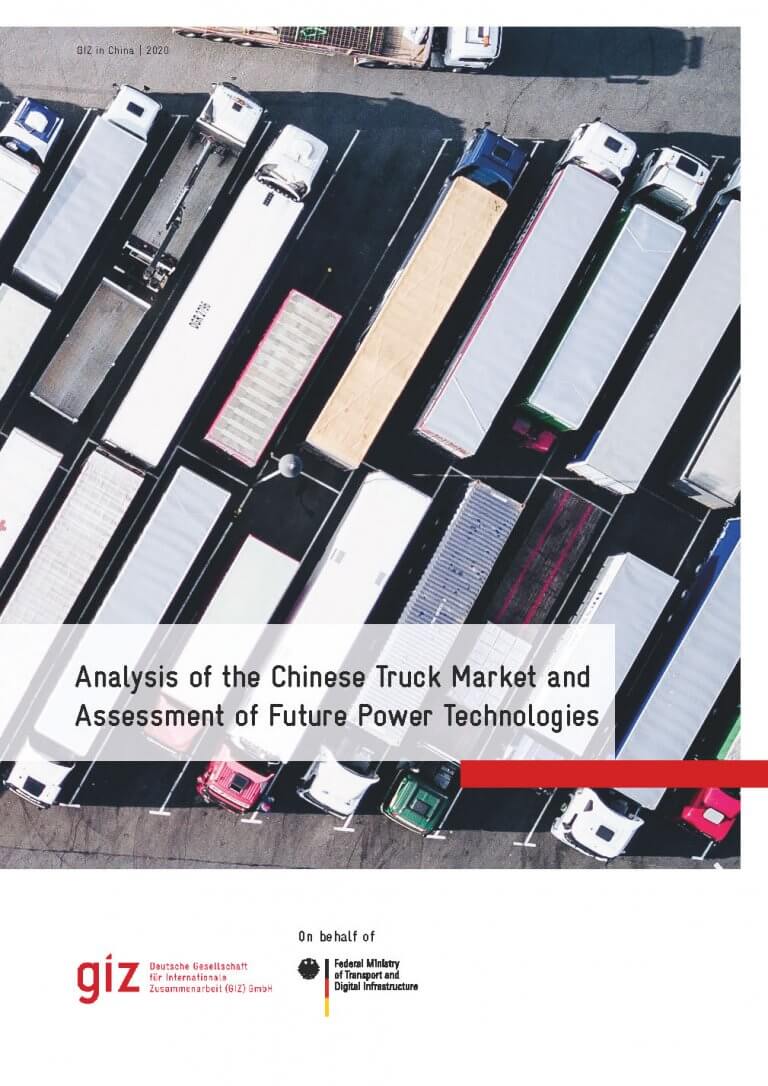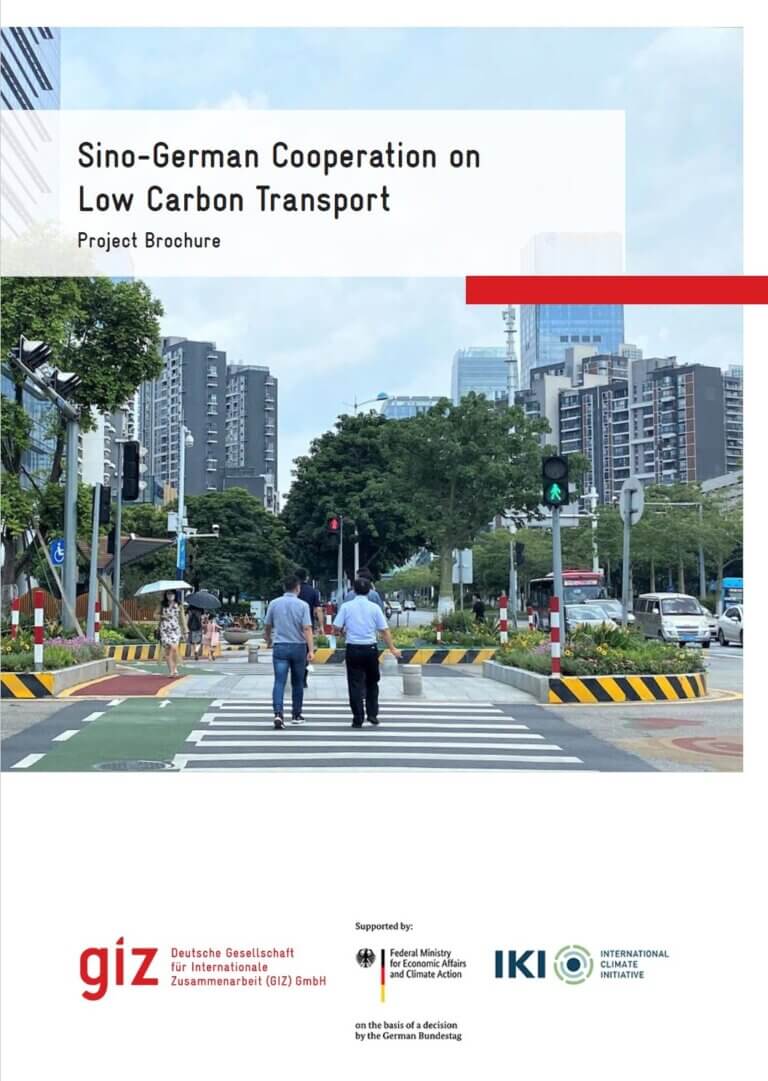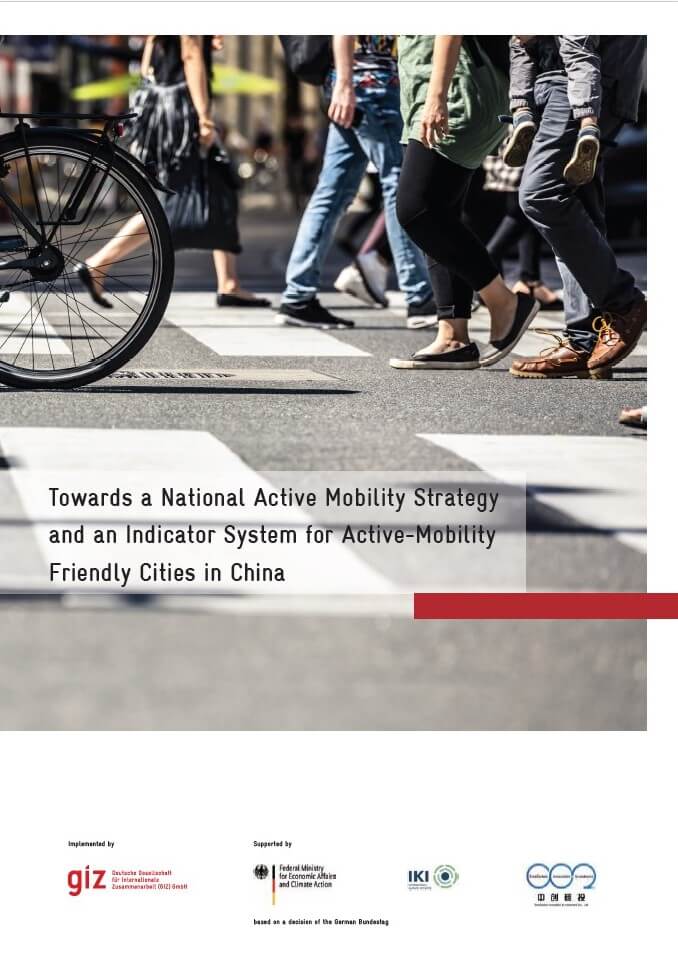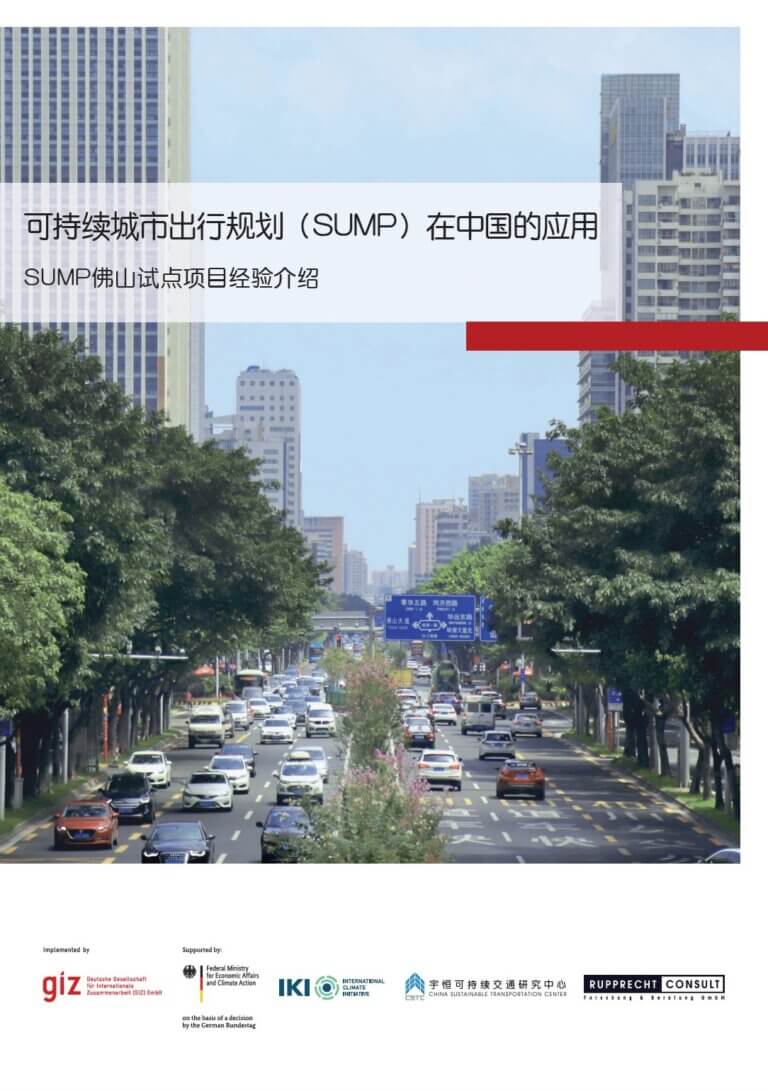Road transport, which currently accounts for around 75% of the total Chinese transport volume, is the second largest air-polluting sector in China. According to the Chinese Ministry of Ecology and Environment (MEE), trucks in particular are responsible for up to 75% of the particulate emissions in road transportation. In recent years, the Chinese government has implemented various measures to reduce emissions and to promote a more sustainable heavy goods transport. Among other things, the Chinese Ministry of Transport (MoT) announced in 2018 that China would abolish one million old diesel trucks in the Jing-Jin-Ji region by 2020. As a result, the demand for trucks with alternative drive systems is expected to increase in the coming years. The future development of these alternative and sustainable power supply solutions in the truck sector strongly depends on how the different interest groups prioritize emission reductions in transport.
The most widely used alternative to diesel-powered trucks in China today are trucks using propulsion systems based on Liquefied Natural Gas (LNG), which are attractive because of comparatively lower emissions, competitive natural gas prices and acceptable driving ranges. While the Chinese market for electric passenger cars has experienced strong growth in recent years, the use of battery electric trucks is still in an early stage of penetration. The main obstacles for purely battery-powered solutions in the truck sector are inadequate charging infrastructure expansion, long battery charging times and especially limited driving ranges. The use of hydrogen and fuel cell technologies in trucks is also in a very early phase of commercial use. However, the Chinese government is putting great importance on innovative hydrogen and fuel cell technologies for deployment in long-distance and heavy goods transport, which is apparent in the strong political and financial support for the promotion. Still, the limited efficiency of hydrogen production (from renewable energies) and the so far cost-intensive infrastructure expansion hinders this technology to date.
This report was developed by GIZ with the aim of giving a comprehensive overview of the developments in the Chinese truck market and identifying the potential of alternative drive technologies for use in heavy-duty transport. Furthermore, the results of this analysis should help to derive recommendations for political decision makers. The study starts by examining the truck market in China based on its structure, the main players, and the current regulations. Based on this, the potential of various renewable propulsion and fuel technologies for trucks in China is analyzed.
If you would like to know more about the development of the Chinese truck market, you can find below the full report.
The report is a product of the “Mobility and Fuels Strategy as a Contribution to the Traffic Transition in China – Pilot Project in the Jing-Jin-Ji region” project and the “Sino-German Cooperation on Mobility and Fuels Strategy (MFS) as a Contribution to the Mobility and Transport Transition” project, which are implemented by GIZ on behalf of the Federal Ministry of Transport and Digital Infrastructure (BMVI).






